
The today's flag of Peru was introduced on 25th of February in 1825. It shows three vertical stripes in red, white and red. The national flag shows further the blazon of the coat of arms in the middle of the white stripe. The naval flag shows on this place the complete coat of arms of Peru. Red stands for the blood which was given in the fights for the independence, white stands for peace and justice. The colours of the flag are not defined by law. The shade of red seems to be defined by practice, as Pantone 485. The colours have their roots in the Argentinian Captain General José de San Martín (1778–1850) who initiated the liberation of Chile and Peru from the Spanish reign in the year 1820. He saw once a swarm of flamingos with red wings and white chest which flew over his soldiers from the Peruvian Legion. He perceived in this a favourable omen for his ventures. He choose the colours of this birds for the flag of his from Chile acting troops. A few times later it was very popular in the people too. It was initially diagonally divided between white and red and showed in the middle a coat of arms with the above the Andes Mountains rising sun. José de San Martín clashed in 1822 with the from the north into the country invading Simón Bolívar (1783–1830) and left Peru in 1824. Possibly because of that the Marquis José de Bernardo Torre-Tagle passed a decree on 15th of March in 1822, in which the flag was assimilated in its design to the flag of Argentina (La Plata). In that country José de San Martín started his fight for liberation. The flag showed now three horizontal stripes in the colours red, white and red with a beaming Inca-Sun in the middle. In the same year (by other sources not until 1823) the stripes however were arranged vertically to avoid confusions with the flag of Spain. After the triumphs over the Spanish troops in the year 1824 it was decided on 25th of February in 1825 to remove the Inca-Sun from the flag and to substitute it by the blazon of the coat of arms of Peru. The flag of Peru has been in use unchanged since 1825, interrupted only between 1836 and 1839, when Peru formed a federation with Bolivia. The federation had its own flag. It was red or purple and showed the coats of arms of Peru and Bolivia in the centre, side by side and surrounded by a green wreath, dominated above by an Inca sun. Bolivia additionally kept its own flag. Peru was divided into Northern Peru and Southern Peru. Northern Peru continued to use the previous flag of Peru, while Southern Peru got its own flag. It was horizontally striped green and white and showed a broad vertical red bar on the mast, in the middle of which a golden Inca star was placed, with four golden stars above it. They stood for the four provinces that made up Southern Peru.
Source:
Flaggen Wappen Hymnen,
Flaggen und Coat of arms of the Welt,
Die Welt der Flaggen,
Wikipedia (EN),
Volker Preuß

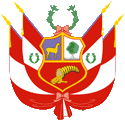
Coat of arms of Peru,
Source, by:
Corel Draw 4

The coat of arms of Peru was – like the flag – introduced on 25th of February in 1825. The blazon is semi in party per pale and party per fess by golden lines. The first field shows a Vikunja Lama. It stands for the fauna of the country. The second field shows a quinine tree. It represents the fauna. The underneath field shows a cornucopia. It stands for the mineral resources of the country.
Source:
Flaggen Wappen Hymnen,
Flaggen und Coat of arms of the Welt,
Die Welt der Flaggen,
Wikipedia (DE),
Volker Preuß


Aircraft Roundel,
Source, by: Wikipedia (EN)

Aircraft Roundel for Naval Aviation,
Source, by: Wikipedia (EN)

Location:
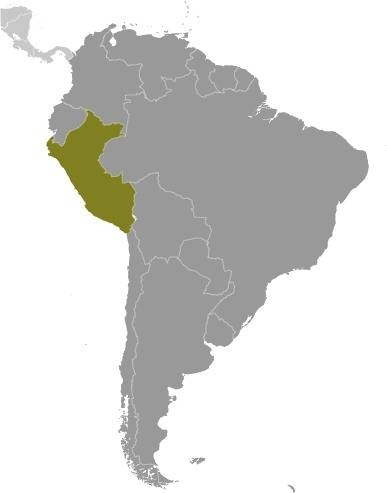
Source: CIA World Factbook
Map of the country:
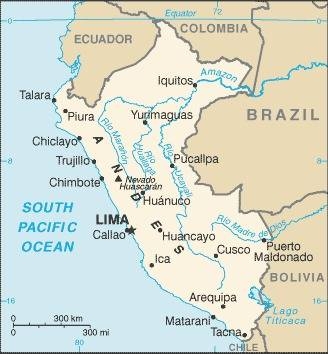
Source: CIA World Factbook

Area: 496.222 square miles
Inhabitants: 32.800.000 (2020), thereof 60 % Mestizos, 26 % native Indians (Quechua, Aymará), 6 % Europeans, 3 % Blacks, 1 % Asians
Religions: 76% Roman Catholic, 14% Protestant, 4% other Christian, 5% Non-Religious
Density of Population: 66 inh./sq.mi.
Capital: Lima, 8.574.974 inh. (2017)
official Languages: Spanish, Quechua, Aymará
Currency: 1 Sol (PEN, S) = 100 Céntimos
Time Zone: GMT – 5 h
Source:
Wikipedia (D)

1250 B.C.–200 A.D. · evolution of locally tribal cultures (Chavin, Cupisnique, Gallinazo, Moche, Nazca, Paracas)
1250–1450 · evolution of the Inca-Culture around the cities Machu Pichu and Cusco
1450–1530 · the Inca conquer the whole area between equator, Andes Mountains, Pacific Ocean and Cape Punta Lavapié in the today’s Chile
1531–1533 · the Empire of the Inca becomes conquered by the Spaniard Francisco Pizarro, Pizarro becomes Governor and Captain Gerneral of Peru
1535 · Francisco Pizarro Marqués de los Charcas y de los Atabillos founds Lima City
1541 · assassination of Francisco Pizarro
1543 · establishment of the Spanish Vice-Kingdom of Peru (whole South America except Portugese Brazil)
1739 · establishment of the Vice-Kingdom of New Granada (today’s Ecuador, Colombia, Panama, Venezuela) by separation from Peru
1776 · establishment of the Vice-Kingdom of Río de la Plata (today’s Bolivia, Paraguay, Uruguay, Northern Argentina and Rio Grande do Sul) by separation from Peru
1780 · revolt of the Indians under Tupac Amarú, the Last Inca
1810 · onset of the anti-Spanish liberation fights in South America (Colombia, Venezuela, Argentina ...)
14th of May 1811 · proclamation of the independence from Spain, but Peru stands loyally to Spain
1820 · the liberation-fighter José de San Martín – in 1817 he finished the Spanish reign in Chile – attacks Peru from the south
28th of July 1821 · José de San Martín conquers Lima City, proclamation of the independence from Spain
1822 · the liberation-fighter Simón Bolívar – in 1819 he ultimately finished the Spanish reign in Colombia – attacks Peru from the north
1822 · José de San Martín and Simón Bolívar conflict in the question "monarchy or republic", to avoid a civil war San Martín exiles in 1824 to France
1824 · defeats of the Spanish troops against troops of Simón Bolívar in the battle of Junín and against troops of his Deputy General Antonio José de Sucre in the battle of Ayacucho (9th of December 1824), effective independence of Peru
1824–1825 · dictatorship of Simón Bolívar
1825 · Upper Peru separates as Bolivia from Peru with Simón Bolívar as dictator
1827 · Simón Bolívar is elected as president of Peru and Bolivia, Bolívar deploys an deputy and goes back to Great Colombia where he becomes overthrowed short times thereafter
1828–1835 · Peru goes under in wars against Bolivia, Ecuador, Argentina and Chile, civil war
1835 · invasion by Bolivia, end of the anarchy
1835–1839 · Peruvian-Bolivian confederation
1879–1883 · Saltpeter War against Chile, Peru has to cede the Province of Tarapacá as well as the areas around the towns of Tacna and Arica to Chile
1929 · Peru gets back from Chile the area around Tacna
1930–1933 · dictatorship of the Colonel L. Sánchez Cerro
1933–1939 · dictatorship of the General Oscar Benavides
1948–1956 · dictatorship of a military junta under Manuel Orída
1962–1963 · dictatorship of General Pérez Godoy
1965–1966 · communist partisan war
1968–1975 · dictatorship of a military junta under General Alvarado
1975 · the Indian language Quechua becomes an official language (besides Spanish)
1981 · onset of the communist partisan war of the Movement "Sendero Luminoso" (Glowing Path)
1992 · capture of Guzman, the leader of the "Sendero Luminoso"
1995 · frontier war with Ecuador
1996 · capture of Camilo Santos Vera, the new leader of the "Sendero Luminoso"
Source:
Atlas zur Geschichte,
Weltgeschichte,
Wikipedia (D)

The name "Peru" has its roots in the word "Biru" what in Quechua – the language of the Inca – means "water". Initially only a river was so called. That name was transfered by the Spaniards over the whole country. The Inca called their empire "Suyu".
Source: Handbuch der geographischen Namen


![]()

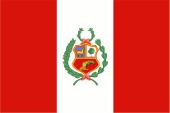


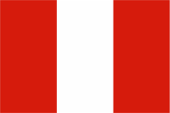


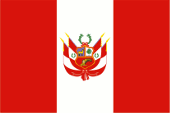
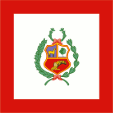
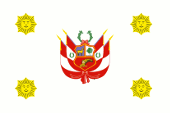
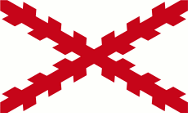

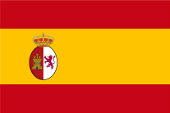
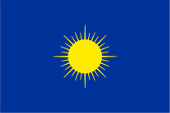
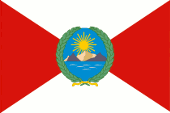
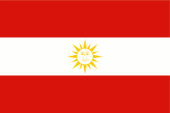
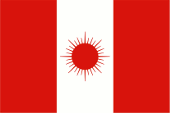





![]()
